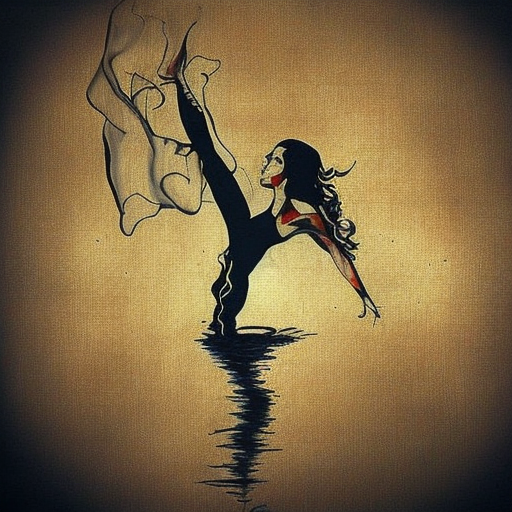Summary: Calligraphy is the art of beautiful writing, characterized by skilled and expressive lettering. It has a rich history that spans across different cultures and time periods. Calligraphy is not just about writing, but also about creating visually appealing compositions through the use of various tools and techniques. It continues to be practiced and appreciated today, both as a traditional art form and as a contemporary medium for artistic expression.
History of Calligraphy
Calligraphy has its roots in ancient civilizations such as Egypt, Mesopotamia, and China. In these early cultures, calligraphy was primarily used for religious and administrative purposes. The development of writing systems and the invention of writing tools, such as brushes and pens, played a crucial role in the evolution of calligraphy.
Styles and Techniques
Calligraphy encompasses a wide range of styles and techniques, each with its own unique characteristics. Some of the most well-known calligraphy styles include Chinese, Japanese, Arabic, and Western calligraphy. These styles differ in terms of brush or pen strokes, letterforms, and overall composition.
Chinese calligraphy, also known as Shufa, is characterized by its emphasis on brushwork and the use of ink and paper. It is highly regarded as a form of artistic expression and is deeply rooted in Chinese culture and philosophy.
Japanese calligraphy, known as Shodo, is influenced by Chinese calligraphy but has developed its own distinct style. It is often practiced as a form of meditation and is closely tied to Japanese Zen Buddhism.
Arabic calligraphy, or Islamic calligraphy, is highly regarded in the Islamic world. It is characterized by its intricate and decorative letterforms, which are often used to transcribe verses from the Quran.
Western calligraphy, also known as Latin calligraphy, has a long history in Europe and has evolved over time. It encompasses various styles such as Gothic, Italic, and Copperplate, each with its own unique characteristics and applications.
Tools and Materials
Calligraphy requires specific tools and materials to achieve the desired results. These include brushes, pens, ink, paper, and other accessories. The choice of tools and materials depends on the calligrapher’s preference and the style of calligraphy being practiced.
Brushes are commonly used in Chinese and Japanese calligraphy, while pens with different nibs are used in Western calligraphy. Ink can be made from various materials, including plant-based dyes and synthetic pigments. Paper also plays a crucial role in calligraphy, with different types of paper offering different textures and absorbency.
Contemporary Calligraphy
While calligraphy has a rich history, it continues to evolve and be practiced in contemporary times. Many calligraphers today explore new techniques and experiment with different materials to push the boundaries of traditional calligraphy.
Contemporary calligraphy is not limited to traditional scripts and styles. Calligraphers often incorporate elements of other art forms, such as painting and collage, to create unique and innovative compositions. Calligraphy is also increasingly being used in graphic design, advertising, and digital media, showcasing its versatility and adaptability in the modern world.
In conclusion, calligraphy is a timeless art form that has captivated people for centuries. Its rich history, diverse styles, and expressive techniques make it a unique and fascinating medium of artistic expression. Whether practiced in a traditional or contemporary context, calligraphy continues to inspire and engage audiences worldwide.












